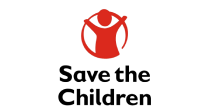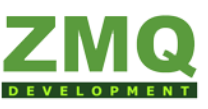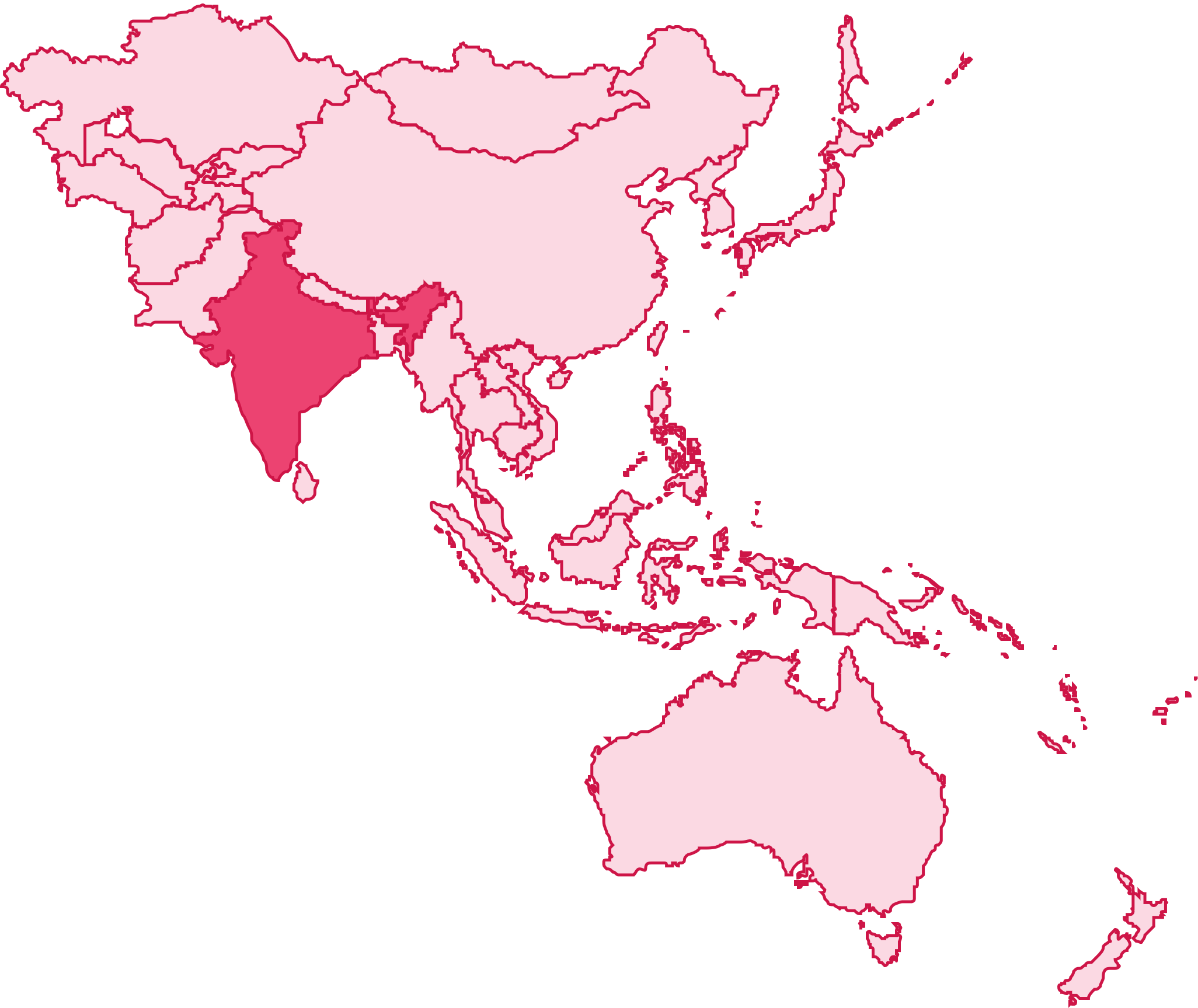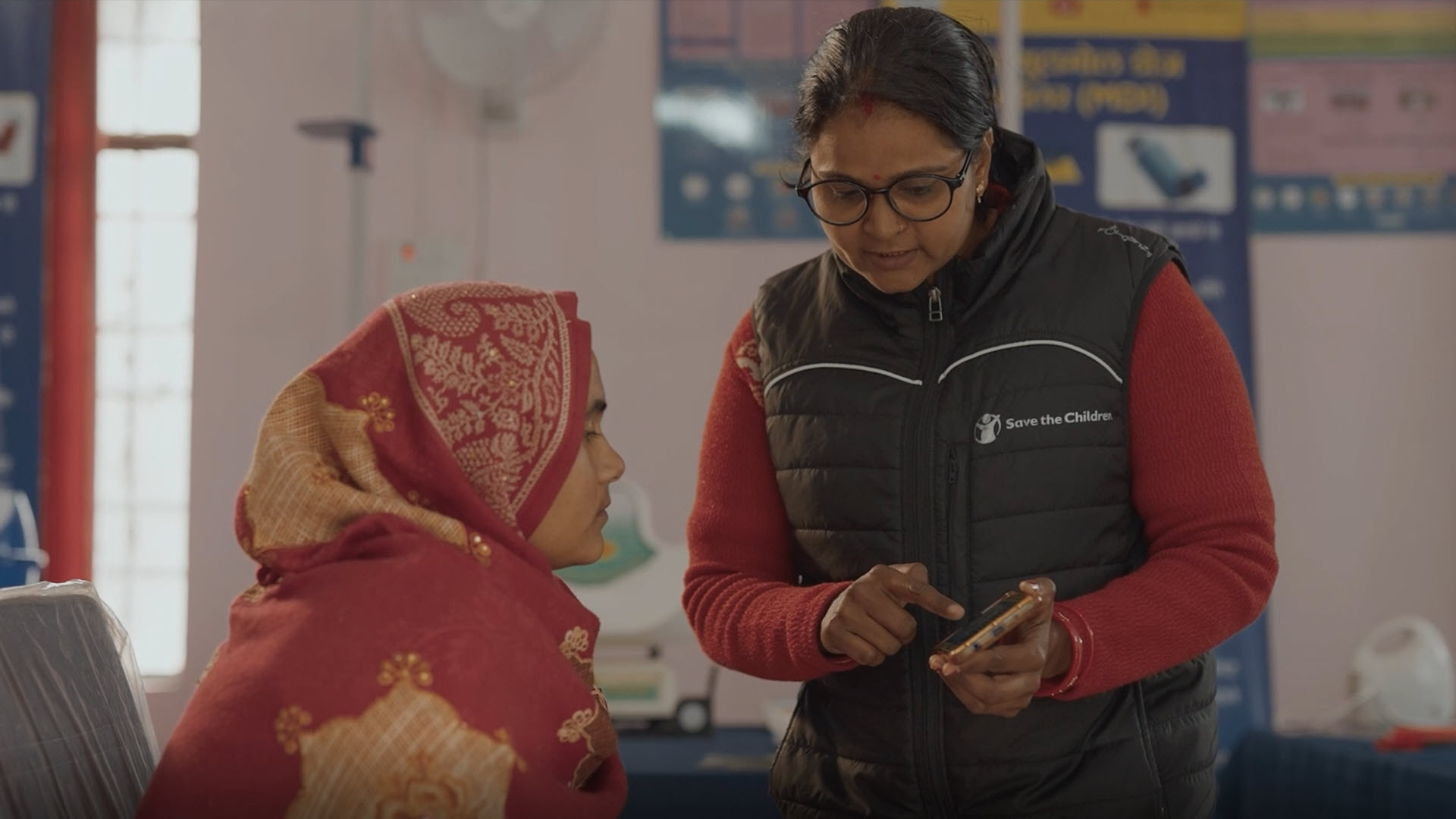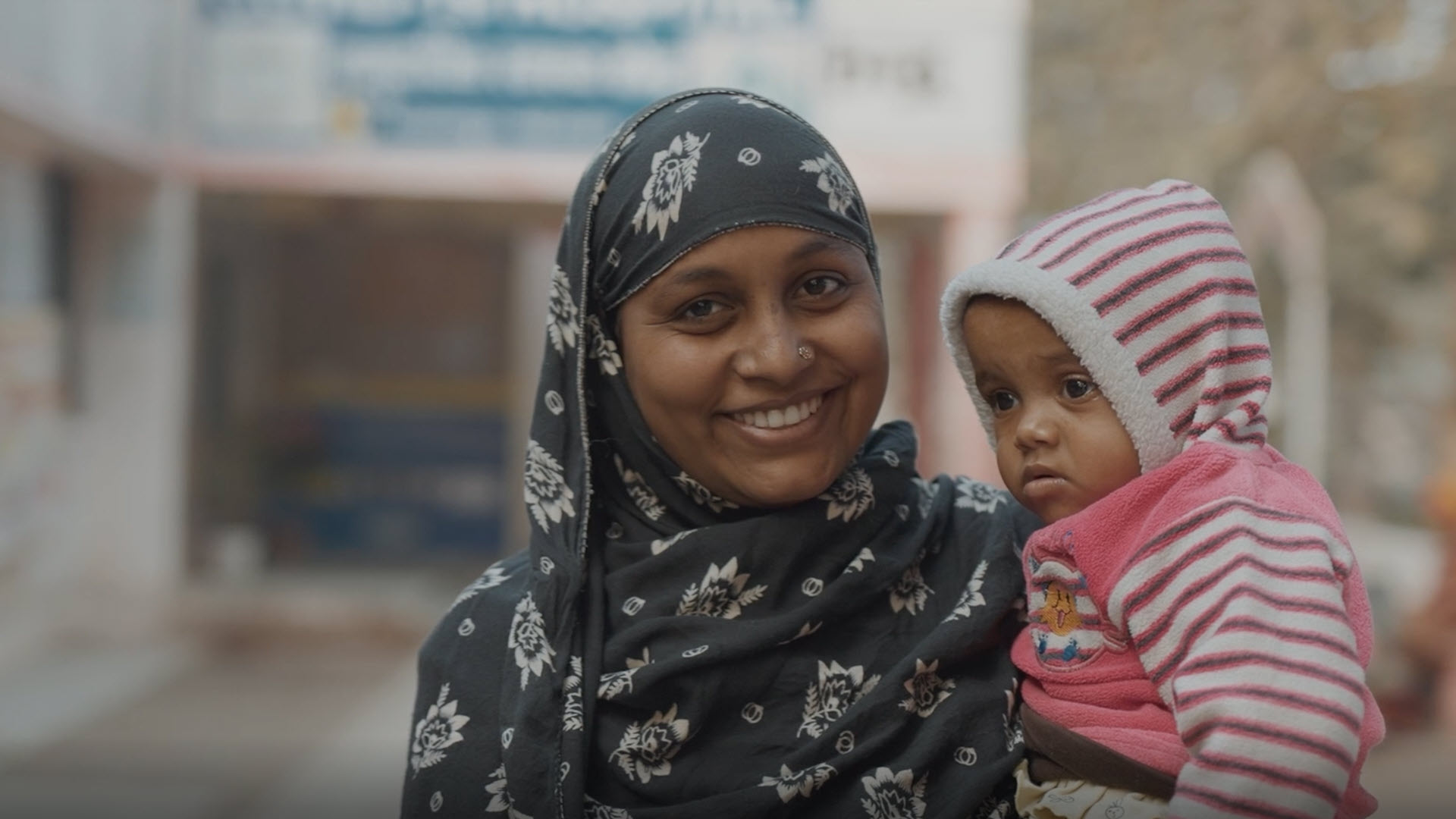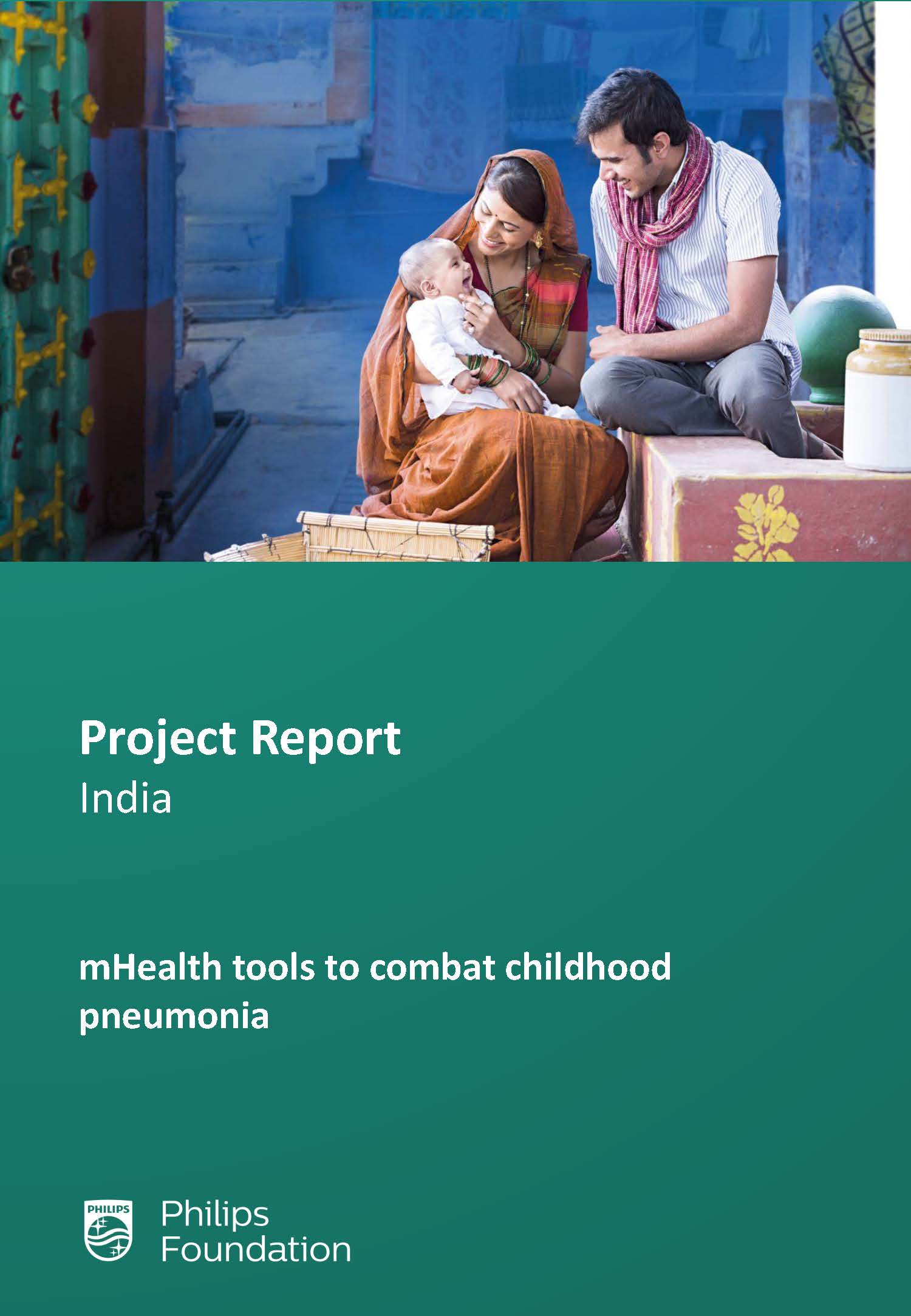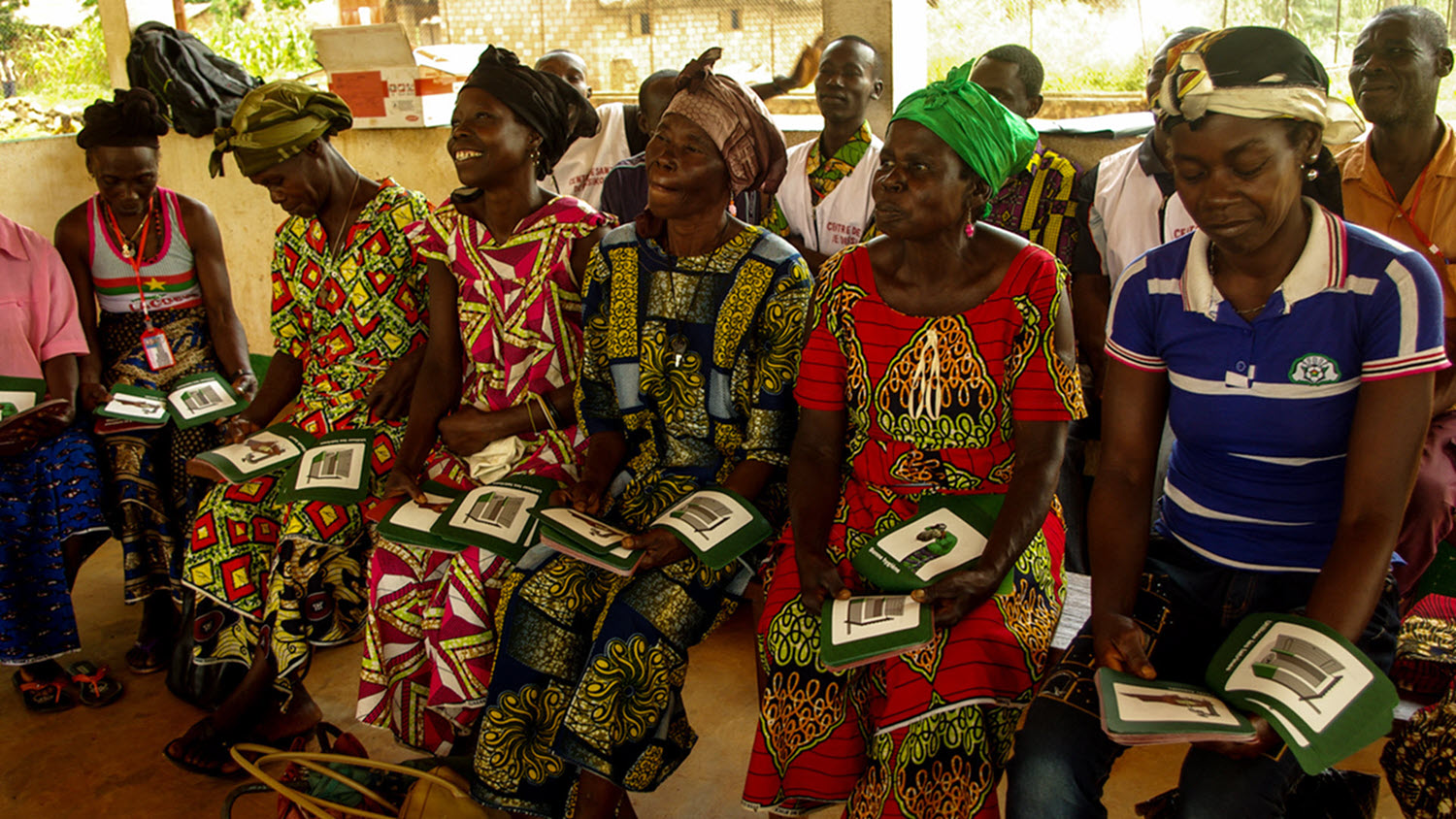Learnings and next steps
The Android-based mHealth Pneumonia Tools designed to drive behavior change and support frontline health workers with standard protocols to identify, classify, manage, refer and treat childhood pneumonia – developed by ZMQ – were successfully used by 144 ASHAs and 26 ANMs.
Some observations about the use of the tools made by Dr. Op Singh, Head Program Implementation Health & Nutrition at Save the Children India, during a webinar organized by Philips Foundation:
- The digital tools not only empower frontline health workers in doing their job, but also gives them a new face and role in their communities. The tools boost health workers’ confidence and make them more trusted in counseling towards families and community groups.
- The standard protocols provided by the tool's eases consistent registration, classification, assessment and case referral and will lead to improved perceived quality of care and demand for services.
- Health workers are able to use the digital tools to influence decision making at the household level. Adoption of the tool's spreads by word of mouth.
Observations related to digital tool design (from Ayushi Singh, program manager ZMQ, shared during the same webcast):
- It is important to apply inclusive design principles to ensure that digital tools meet the skills and requirements of the targeted care givers and audience. However, context and culture aware deployment strategies are as important for successful implementation.
- Solution design needs to start with participatory interaction on the ground, using methods like story labs, stage plays and group sessions to deeply understand social-cultural backgrounds.
The open-source tools are available free of charge from Google Play Store. Please find the direct download links in the resource section below.
The ChARM point of care device for respiratory rate measurement received good acceptance among health workers. Most of them found the device useful for their work. They indicated the assessment with ChARM is less time-consuming and the red light that displays increased breathing makes classification easier and is helpful in convincing parents to take the child to a health facility for follow up assessment.
Save the Children India has formulated a comprehensive set of recommendations to convert the learnings from the VISHWAAS project to deliver a more sustained and scalable impact.


